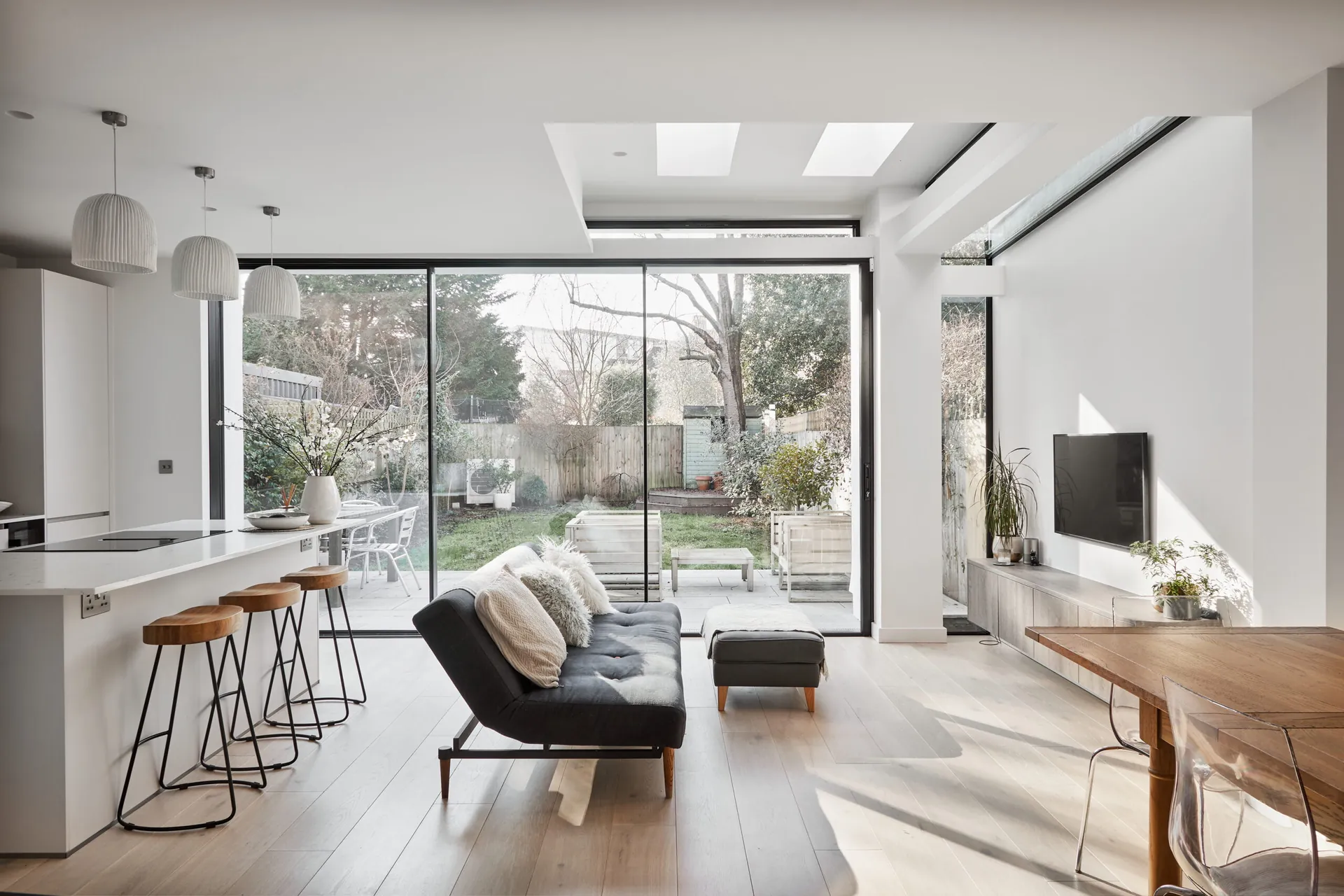Five dream trips to forgotten corners of Croatia
Far from the madding crowds, Croatia offers deserted coves, classic charm – and wine to cheer
1. Take a vineyard tour of Istria
Istria is an Italian-style Croatia with a dramatic coastline, secret beaches and a rugged rural interior that’s home to the best emerging wine scene in Europe.
Why it’s special
Dubrovnik is far too busy these days. The northern peninsula of Istria, however, is lesser known, but truly beautiful, unfolding from seaside citadels and cormorant-flecked islets to mist-shrouded hilltop towns and Brothers Grimm-style forests. Oh, and the region’s wine is splendid – those light muscats, salty malvazijas, craggy red terans – much of it impossible to find in the UK, and to be quaffed in restaurants, village konobas (trattorias) and a growing number of sleek wineries and wine hotels.
For a week-long itinerary, head from Pula up the coast to the Meneghetti wine estate. Breathe in the jasmine and lavender, dig deep into the cellars, swim. Keep going to Rovinj, its harbour filled with clacking yacht masts, the statue of St Euphemia high above, and locals people-watching at the Grota market bar. Hire a bike and pedal around to an empty cove, leap off rocks into the sea, returning for the evening passeggiata. From here, turn inward to the medieval town of Motovun, full of cobblestones and half-ruined houses, whose thick castle-like walls you can walk around at dusk, time-travelling back to the Habsburg empire.
This is truffle-rooting country, Croatia’s Tuscany, with local olives, honey, cured ham and cheese to gather. Along the way, learn to pronounce names of wine labels such as Coronica, Kozlovic and Matosevic.
Find out more about this holiday, including how to book

Istria is Croatia’s tastiest region – getty
2. Bask on the Belle Epoque coast
From the deep blue Kvarner Gulf rise the majestic islands of Krk, Cres and Losinj, accessible by boat or bridge from the port city of Rijeka.
Why it’s special
Start in Rijeka, a European Capital of Culture in 2020, with its elegant Habsburg-era buildings painted in bright shades and a port overlooked by a colourful covered market. Nearby, see the grand early-1900s hotels and villas of Opatija and Lovran, connected by a waterfront promenade. Opatija was the birthplace of Croatian tourism, but 100 years on, most tourists head south, leaving this stretch of the coast relatively crowd-free.
An impressive bridge joins the mainland to Krk, which has a long, curving beach in Baska, delicious cuisine and light, summery Zlahtina white wine. From Rijeka, regular boats run to the islands of Losinj and Cres. Losinj, “the island of vitality”, has several luxury hotels with plush, modern spas, and a marine research centre arranging dolphin-watching trips. In contrast, Cres is wild and rugged, and noted for sheep farming, griffon vultures and the oak woods of Tramuntana.
Find out more about this holiday, including how to book

3. Go island-hopping in the Kornati
Explore the azure bays of two stunning national parks – Kornati and Krka – in one blissful voyage.
Why it’s special
Off the mainland coast, between Sibenik and Zadar, the 89 uninhabited rocky islands, islets and reefs of the Kornati archipelago lie within Kornati National Park. Wild and arid, amid translucent waters, these islets remain unspoilt. There are 16 sheltered bays where overnight anchoring is permitted, and 20 rustic little restaurants with moorings out front, serving freshly-caught fish prepared either na gradele (grilled) or na brudet (casseroled) – the owners cook and often catch the fish themselves. If you do this as a one-week round trip from Sibenik, you could return via Skradin, to spend a day exploring the dramatic wooded canyon and thundering waterfalls of Krka National Park.
Find out more about this holiday, including how to book

Explore the Kornati islands – getty
4. Walking the 100-km Velebit Hiking Trail
Croatia’s most challenging hiking route takes your through magnificent rugged mountains and primeval forests with spectacular views onto the Adriatic Sea and islands. And keep an eye out for some rare locals – bears, wolves and lynx.
Why it’s special
The Velebit mountain range extends 150km (94miles) from Senj, near Rijeka, in the north, down the Adriatic coast to the River Zrmanja, near Zadar. Leading you through sublime karst terrain, verdant meadows and primeval beech forests, the impressive 100km (63-mile) Velebit Hiking Trail is well marked (red-white-red stripes, and red circles with white centres) and doable in seven to 10 days.
Set off from the Northern Velebit National Park office in Krasno, hiking south, all the way to the Paklenica National Park office in Starigrad Paklenica. En route, you’ll experience stunning views down onto the shimmering Adriatic, pass the Velebit Botanical Garden near Zavižan, and find cosy overnight accommodation in mountain huts (bedding and meals provided) and more basic mountain shelters (bring your own sleeping bags and food). You might even spot some rare local inhabitants – brown bears, grey wolves, Eurasian lynx and chamois goats.
Find out more about this holiday, including how to book

Head for the hills – getty
5. Obonjan: Croatia’s ultimate glamping hideaway
For a back-to-nature experience on a pine-clad islet on the turquoise Adriatic, this boho-chic adults-only retreat offers yoga, watersports and DJ sets.
Why it’s special
Realign with the elements, sleeping below towering Aleppo pines, in canvas bell-tents, forest lodges or wooden sun lodges, interspersed by lavender, sage and rosemary. You get tasteful furnishing, with comfy beds, power sockets and air-conditioning, and the lodges have fridges and private showers too.
Spend carefree days at the beach, swimming, kayaking or stand-up paddle boarding; snooze on a four-poster with wafting chiffon drapes at the hilltop pool; or try yoga at the Zen Den, flowed by a Thai massage.







